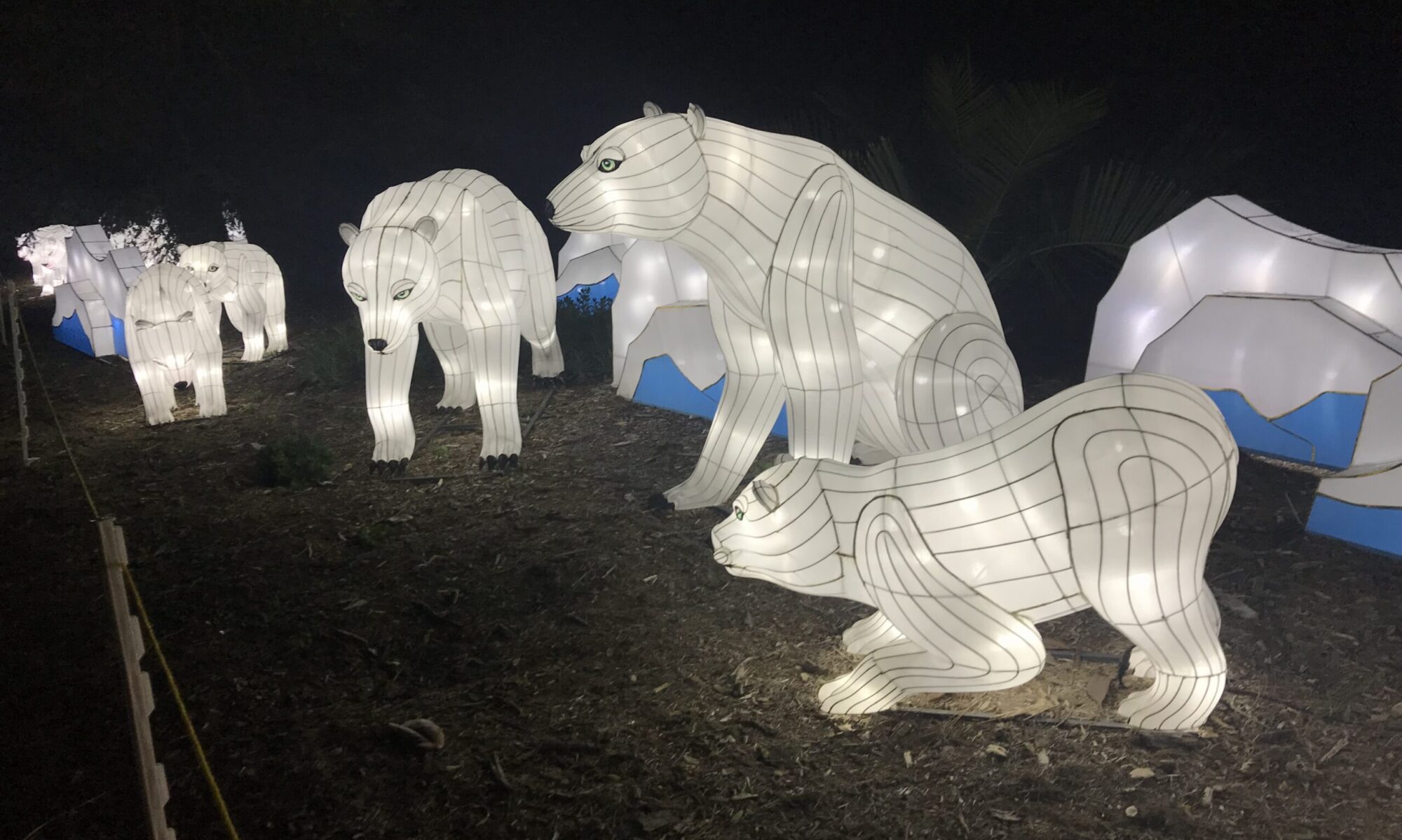
We all know the Redwoods – land of Bigfoot and Ewoks. Giant trees reaching for the sky in the coastal mist. Their grandeur is well documented. We’ve all grown up gazing at photos of the tall trees hugging California’s northern coast. Until you stand under them, gazing at the sunlight dancing down through the branches, you cannot fully appreciate their size or beauty.
The California Coastal Redwoods grow in the extreme northern corner of the golden state. Clinging to the craggy mountainsides along the Pacific Ocean, the coastal redwoods derive the majority of their water from the ever-present mist that clings to the air. Some of the groves are dense, with a thick layer of soft branches and needles on the forest floor. Light barely penetrates to the ground in the densest of groves.
Redwood National and State Parks are a string of protected forests, beaches and grasslands along Northern California’s coast. The coastal town of Crescent City is located amid the area. If camping isn’t your thing, you can book a hotel in Crescent City to explore the northern region.

Some of the places you will want to explore include the old growth forest in Jedediah State Park, Avenue of the Giants where the road twists and turns around the trunks of redwoods, Fern Canyon, Del Norte Coast State Park, and the Klamath River estuary. You also won’t want to miss Crescent City. This charming coastal town has a beautiful lighthouse and some truly expansive beaches.


Some groves have well maintained walking paths, allowing easy access for all to enjoy. You can saunter among the giants on a level walking path, or you can lace up hiking boots and trek up and over some pretty substantial trails. Whatever road you choose, at almost 140,000 acres, there are endless corners to explore.
Travelling to Redwood National Park is an adventure of its own. Highway 101, the “massive” 2-lane road that provides a land connection to the rest of the state, winds north from Los Angeles. At 800 miles from Los Angeles to the Oregon border, Highway 101 is the longest single road in the state. Driving from the Mexican Border to the Oregon Border, a feat that actually begins on Interstate 5 as you enter the US, is a 16-hour adventure covering 1,000 miles. Every mile is in the state of California. Redwood National Park only covers a tiny fraction of the extreme north of that drive. You know the phrase, “getting there is half the fun?” This could be true. However, the destination is truly magnificent.
There are places along 101 where the road winds around the base of the trees. You can spend weeks pulling out at every bend and taking a walk in the forest. You might need to navigate around a fallen redwood on a walk or two. “Why not just climb over the trunk?” you ask. Well, a mature redwood can be 10-15 feet in diameter. So unless you make a habit of bringing a ladder with you when you hike, you’ll be walking around the tree.



The light in the redwood groves gives off a mystic, ethereal light. The tree canopy is over 100 feet above you head. Combine that with the almost constant light fog above the trees, and the sun that reaches you at ground level is diffuse and soft. Say what you may about the Twilight films, the cinematographer and lighting specialist captured that feeling well.
Redwood National and State Parks receive under 500,000 annual visitors. Compare that to California’s other big parks. Yosemite receives over 4.5 million annual visitors and Death Valley has 1 million visitor (most between November and March). Sequoia National Park, the other “big tree” park in California, greets a million annual visitors. Grab a map, pack your camping gear, and go get lost among the Ewoks. Who knows? You might even see Bigfoot!


